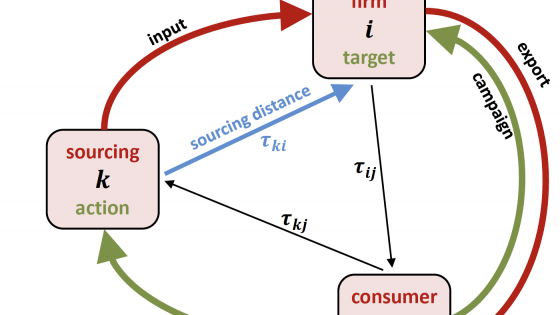DP6350 NGO Competition and the Markets for Development Donations
Is competition for donations between development NGOs good for welfare? We address this question in a monopolistic competition model à la Salop (1979). NGOs - defined by the non-distribution constraint - compete for donations from donors by exerting fundraising effort. If the market size is fixed, the free-entry equilibrium number of NGOs is usually larger than the optimal number. However, if the market size is endogenous and NGOs both compete and co-operate in attracting new donors, the free-entry equilibrium number of NGOs is generally smaller than the optimal number. If NGOs can divert a part of funds for private use, for a certain range of outside option of NGO entrepreneurs multiple equilibria (with high diversion and no diversion of funds) exist.


